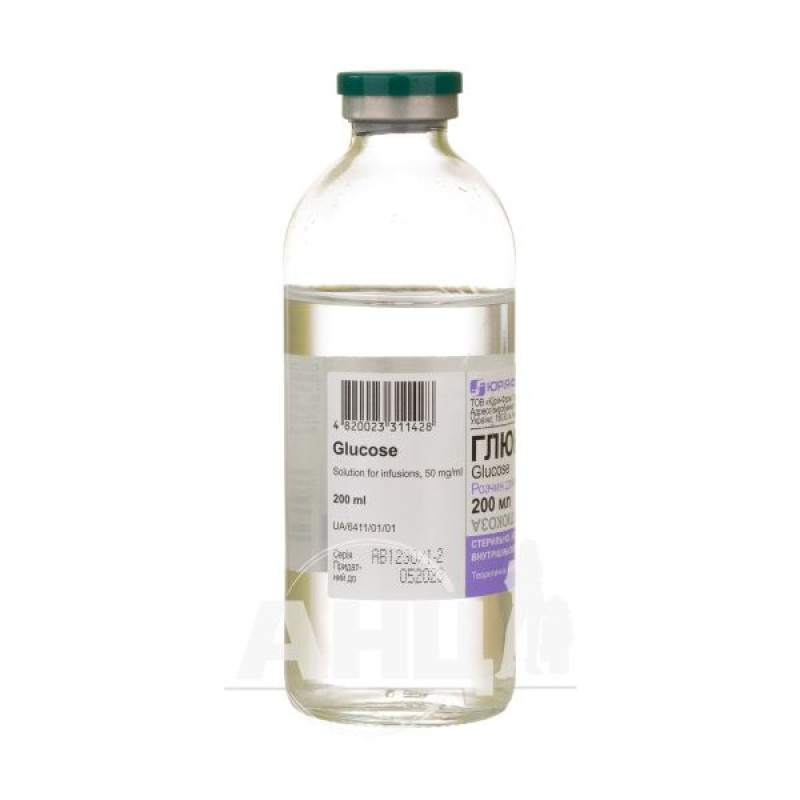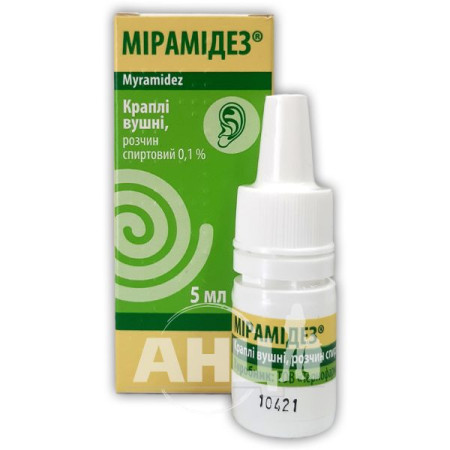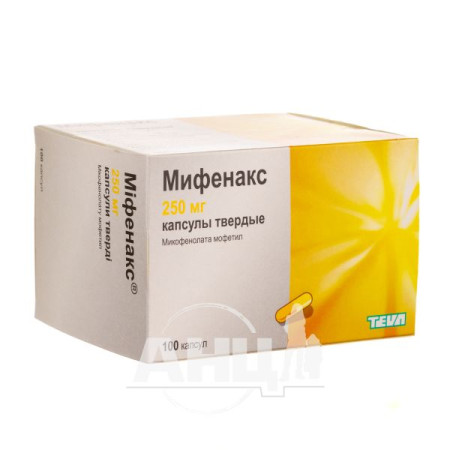Glucose solution for infusion 5% bottle 200 ml

Instructions Glucose solution for infusion 5% bottle 200 ml
Composition
active ingredient: glucose;
1 ml of solution contains 50 mg of glucose monohydrate (calculated as 100% substance);
excipient: water for injections.
Dosage form
Solution for infusion.
Main physicochemical properties: colorless or slightly yellowish transparent liquid.
Pharmacotherapeutic group
Blood substitutes and perfusion solutions. ATX code B05SX01.
Pharmacological properties
Pharmacodynamics
Glucose solution 5% isotonic with respect to blood plasma and when administered intravenously replenishes the volume of circulating blood, when it is lost it is a source of nutrients, and also helps to remove poison from the body. Glucose provides substrate replenishment of energy expenditure. When injected intravenously, it activates metabolic processes, improves the antitoxic function of the liver, enhances myocardial contractile activity, dilates blood vessels, and increases diuresis.
Pharmacokinetics.
After administration, it is rapidly distributed in body tissues. It is excreted by the kidneys.
Indication
Hyper- and isotonic dehydration;
in children to prevent water and electrolyte balance disorders during surgical interventions;
intoxication;
hypoglycemia;
as a solvent for other compatible drug solutions.
Contraindication
Glucose solution 5% is contraindicated in patients with:
hyperglycemia;
hypersensitivity to dextrose.
The drug should not be administered simultaneously with blood products.
Interaction with other medicinal products and other types of interactions
When used simultaneously with thiazide diuretics and furosemide, their ability to affect serum glucose levels should be taken into account. Insulin promotes the entry of glucose into peripheral tissues. Glucose solution reduces the toxic effect of pyrazinamide on the liver. The introduction of a large volume of glucose solution contributes to the development of hypokalemia, which increases the toxicity of simultaneously used digitalis drugs. Glucose solution is incompatible with aminophylline, soluble barbiturates, hydrocortisone, kanamycin, soluble sulfonamides, cyanocobalamin.
Application features
The drug should be used with great caution in patients with intracranial and intraspinal hemorrhages.
With prolonged intravenous use of the drug, blood sugar levels must be monitored.
In order to prevent the occurrence of plasma hypoosmolarity, a 5% glucose solution can be combined with the administration of an isotonic sodium chloride solution.
When administering large doses, if necessary, insulin is administered subcutaneously at the rate of 1 U per 4–5 g of glucose.
The contents of the bottle should only be used for one patient. Once the seal of the bottle or container is broken, any unused portion of the contents of the bottle or container should be discarded.
Use during pregnancy or breastfeeding
The drug can be used according to indications.
The ability to influence the reaction speed when driving or working with other mechanisms
Data are missing due to the exclusive use of the drug in a hospital setting.
Method of administration and doses
The drug is administered intravenously by drip. The dose for adults is up to 1500 ml per day. The maximum daily dose for adults is 2000 ml. If necessary, the maximum rate of administration for adults is 150 drops per minute (500 ml/hour).
Children
The dose for children depends on age, body weight, patient condition, and laboratory parameters.
Overdose
Increased manifestations of adverse reactions.
Hyperglycemia and hypotonic hyperhydration may develop. In case of overdose, symptomatic treatment and administration of regular insulin preparations are prescribed.
Side effects
Electrolyte imbalance and general body reactions that occur during massive infusions:
hypokalemia;
hypophosphatemia;
hypomagnesemia;
hyponatremia;
hypervolemia;
hyperglycemia;
allergic reactions (hyperthermia, skin rashes, angioedema, shock).
Gastrointestinal disorders:
very rarely - nausea of central origin.
In case of adverse reactions, the solution should be stopped, the patient's condition assessed and assistance provided.
Expiration date
3 years.
Storage conditions
Keep out of the reach of children at a temperature not exceeding 25 ° C. Store in the original packaging.
Incompatibility
Glucose solution is incompatible with aminophylline, soluble barbiturates, erythromycin, hydrocortisone, warfarin, kanamycin, soluble sulfonamides, cyanocobalamin.
Do not use in the same system simultaneously either before or after blood transfusion due to the possibility of pseudoagglutination.
Packaging
200 ml or 250 ml, or 400 ml, or 500 ml in polymer containers;
200 ml or 400 ml in glass bottles.
Vacation category
According to the recipe.
Producer
TOB "Yuria-Pharm".
18030, Cherkasy, Verbovetskogo St., 108. Tel. (044) 281-01-01.
There are no reviews for this product.
There are no reviews for this product, be the first to leave your review.
No questions about this product, be the first and ask your question.













